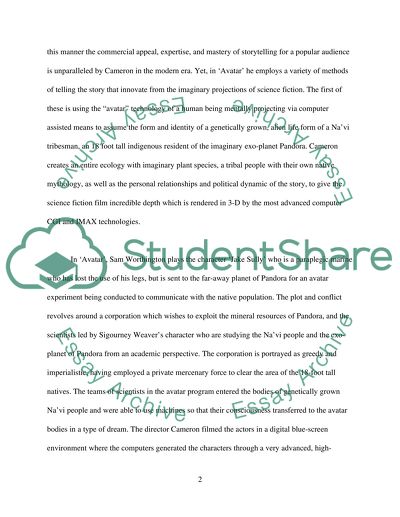Cite this document
(“Critique Of The Film Avatar Movie Review Example | Topics and Well Written Essays - 1750 words”, n.d.)
Retrieved de https://studentshare.org/visual-arts-film-studies/1391314-film-critique
Retrieved de https://studentshare.org/visual-arts-film-studies/1391314-film-critique
(Critique Of The Film Avatar Movie Review Example | Topics and Well Written Essays - 1750 Words)
https://studentshare.org/visual-arts-film-studies/1391314-film-critique.
https://studentshare.org/visual-arts-film-studies/1391314-film-critique.
“Critique Of The Film Avatar Movie Review Example | Topics and Well Written Essays - 1750 Words”, n.d. https://studentshare.org/visual-arts-film-studies/1391314-film-critique.


